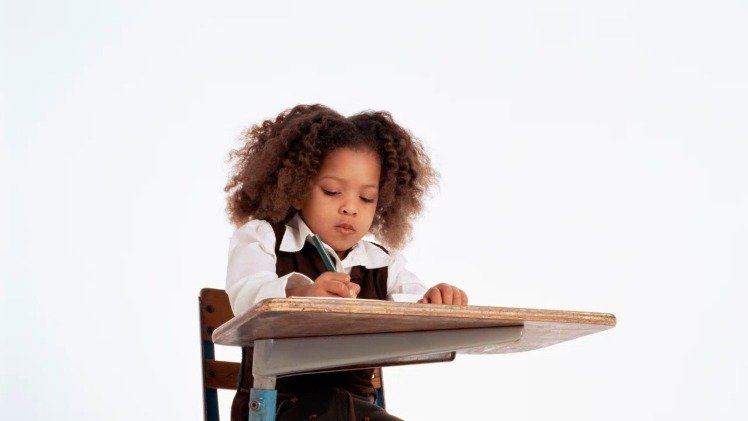
Discrete Shift in Policy
On 1st April 2021, the Department for Education (DfE) made the decision that early years foundation pupils should not be taught cursive writing when they begin writing. It was discretely part of the supporting documents for the validation of the systematic synthetic phonics programmes (SSP).
This means that they should not be taught to join letters or to start every letter written on the base line with a ‘lead-in stroke’. The DfE believes that these practices cause unnecessary difficulty for beginners and can lead to children becoming frustrated with their handwriting. Instead, all resources designed for children should be in print.
The Merits of Print Writing
Many people believe that teaching children how to join letters at an early age is the best way to help them develop proper handwriting. However, recent research suggests that this may actually hinder children’s development of handwriting skills. One study found that when children were asked to copy a line of text, those who had been taught how to join letters made more errors than those who had not been taught this skill. The researchers believe that this is because joining letters requires the use of fine motor skills, which are still developing at this age. As a result, children who are trying to learn how to join letters may have difficulty controlling their pencils and forming the letters correctly. Another study found that when children were asked to write their names, those who had not been taught how to join letters actually wrote them more quickly and with fewer errors than those who had been taught this skill. This suggests that learning how to join letters can actually slow down children’s handwriting development. Therefore, it may be better to wait until children are a bit older before teaching them how to join letters.
Handwriting is a complex skill that involves many different parts of your brain. It helps develop fine motor skills and teaches children how to coordinate their hands, fingers, eyesight (spatial awareness), hearing ability(hearing recognition) etc in order for them be better prepared when they start writing with pen or pencil on paper.
For these reasons, it is important that children learn how to write properly from an early age. It is recommended that children learn print first and cursive afterwards. Print is simpler and can be learned more quickly, while cursive requires more fine motor coordination and may be more difficult for some children. However, both forms of handwriting are important for children to learn in order to develop good handwriting skills.
Conclusion
The Department for Education’s decision to not teach early years foundation pupils how to join letters is a victory for proper handwriting development. Many people believe that teaching children how to join letters at an early age is the best way to help them develop proper handwriting skills, but recent research suggests that this may actually hinder their development of handwriting skills.
More Handwriting is part of More Curricular, an award-winning specialist provider of handwriting training and research-led assessment and learning tools for UK children and parents. We are passionate about helping children develop good handwriting skills so they can flourish at school and beyond. Our products are backed by research, loved by parents & teachers alike!

